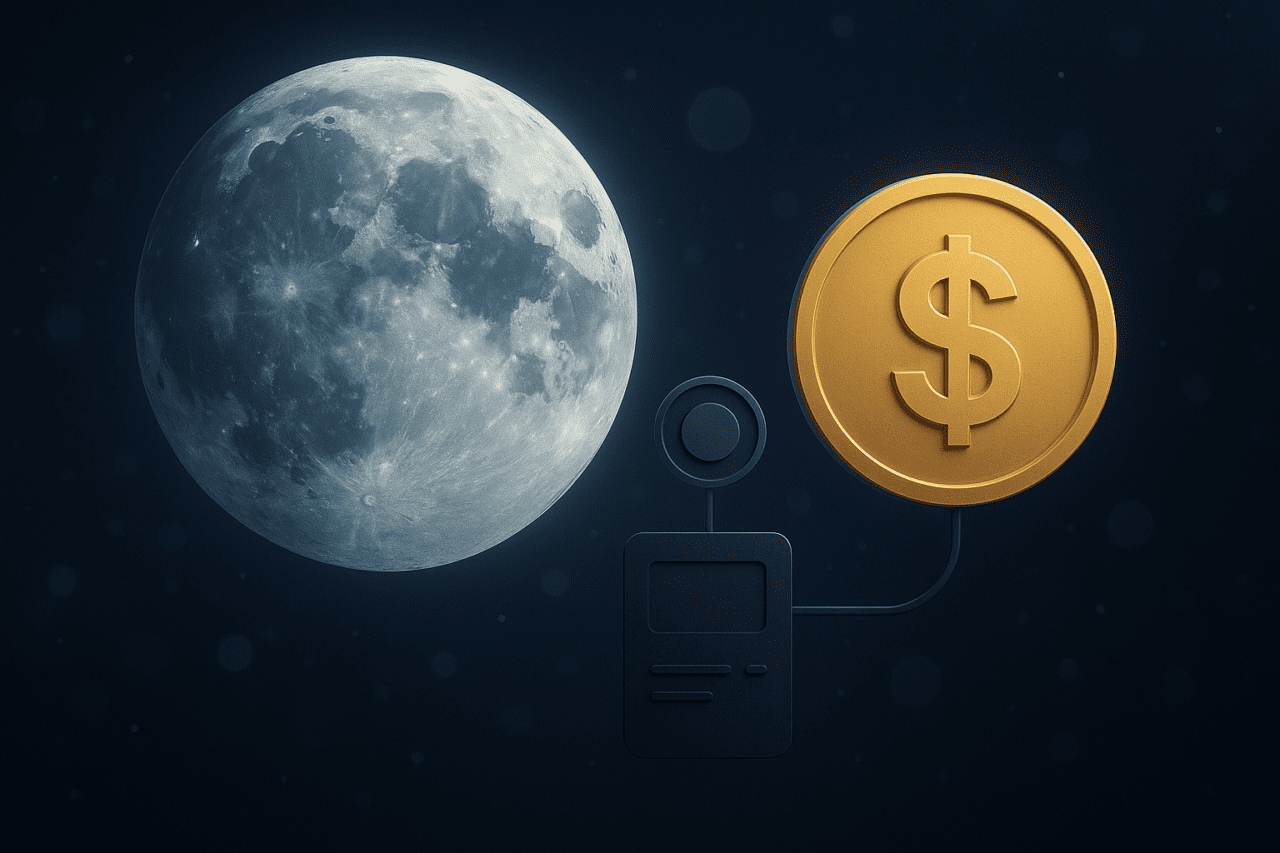
- Mastercard and MoonPay are partnering to launch stablecoin-powered cards, enabling users to spend crypto at over 150 million merchants worldwide.
- MoonPay is leveraging its acquisition of Iron to provide API infrastructure that lets businesses manage stablecoin payouts, disbursements, and cross-border transactions.
- This move signals growing mainstream adoption of stablecoins, with Mastercard aiming to make crypto wallets function like traditional bank accounts.
Mastercard announced today that it has teamed up with stablecoin infrastructure provider MoonPay to enable people and businesses to pay using stablecoins.
Under the partnership, businesses will leverage Mastercard-branded cards linked to users’ stablecoin balances. Mastercard will allow cardholders to spend their stablecoins, which MoonPay will convert to fiat currency, at the 150+ million locations where Mastercard is accepted.
MoonPay is using API-driven stablecoin infrastructure from Iron, which it acquired in March of this year. Iron will facilitate stablecoin-powered payments for businesses, which will turn crypto wallets into digital bank accounts for global transactions. The API will allow businesses, neobanks, and payment players to manage payouts, facilitate disbursements, improve cross-border money transfers, and offer stablecoin-based payouts to gig workers, contractors, and creators.
“By providing solutions that unlock stablecoin utility and ubiquity, we are redefining how money moves globally and driving a shift in payments as we know it,” said Mastercard EVP of Global Partnerships at Mastercard Scott Abrahams. “Together with MoonPay, we’re building innovative and secure connectivity between crypto and mainstream finance ecosystems, grounded by trust and driven by scale.”
Founded in 2019, MoonPay provides the infrastructure needed to buy cryptocurrencies using traditional payment methods like credit cards, Apple Pay, and bank transfers. It enables individuals around the world to easily convert fiat currency into digital assets without needing to navigate complex exchanges. MoonPay primarily serves consumers new to crypto, as well as fintechs offering wallets, NFT platforms, and decentralized apps seeking to simplify the crypto purchasing experience for their users.
“MoonPay serves the largest crypto wallets in the industry, and with Mastercard, we’re bringing convenient, trusted stablecoin-enabled cards to crypto users around the world,” said MoonPay CEO and Founder Ivan Soto-Wright. “Our acquisition of Iron and long-standing relationship with Mastercard allow us to power a new era of payments made with stablecoins at more than 150 million merchant locations worldwide.”
The partnership comes as stablecoins are growing at an incredible rate across the globe. According to the World Economic Forum, global stablecoin transaction volume surpassed $27.6 trillion in 2024, partially because they have emerged as a viable use case to bridge the speed of crypto and the trust of traditional finance. Mastercard’s move into stablecoin spending, backed by MoonPay’s infrastructure, could accelerate mainstream adoption by turning crypto wallets into practical spending tools for real-world purchases.
While Mastercard is leading the charge in stablecoin payments, it is not alone. Visa has been piloting USDC settlement on Solana, and PayPal recently launched its own stablecoin, PYUSD. Mastercard, however, has placed its focus on spendability via legacy rails, which may give it a unique head start in usability.
What remains to be seen, however, is how regulatory bodies will respond. With looser regulatory pressures in the US, now is an ideal time to launch a stablecoin-focused payments tool. However, if and when the regulatory pendulum swings in the other direction, fintechs may find themselves scrambling to sort out the compliance aspects of stablecoins.